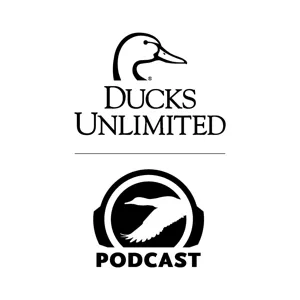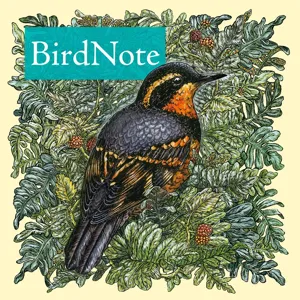Ep. 537 – Species Profile: Northern Pintail

Known by many names – sprig, pinny, bull – but unmistakable in appearance, the northern pintail is one of North America’s most recognizable, graceful, and well-studied duck species. Unfortunately, much of that attention was garnered because of dramatic population declines and the mystery surrounding it. Dr. Scott Stephens joins Chris Jennings and Dr. Mike Brasher to profile this iconic species, discussing its ecology, population status, causes of its decline, and conservation opportunities.
www.ducks.org/DUPodcast


